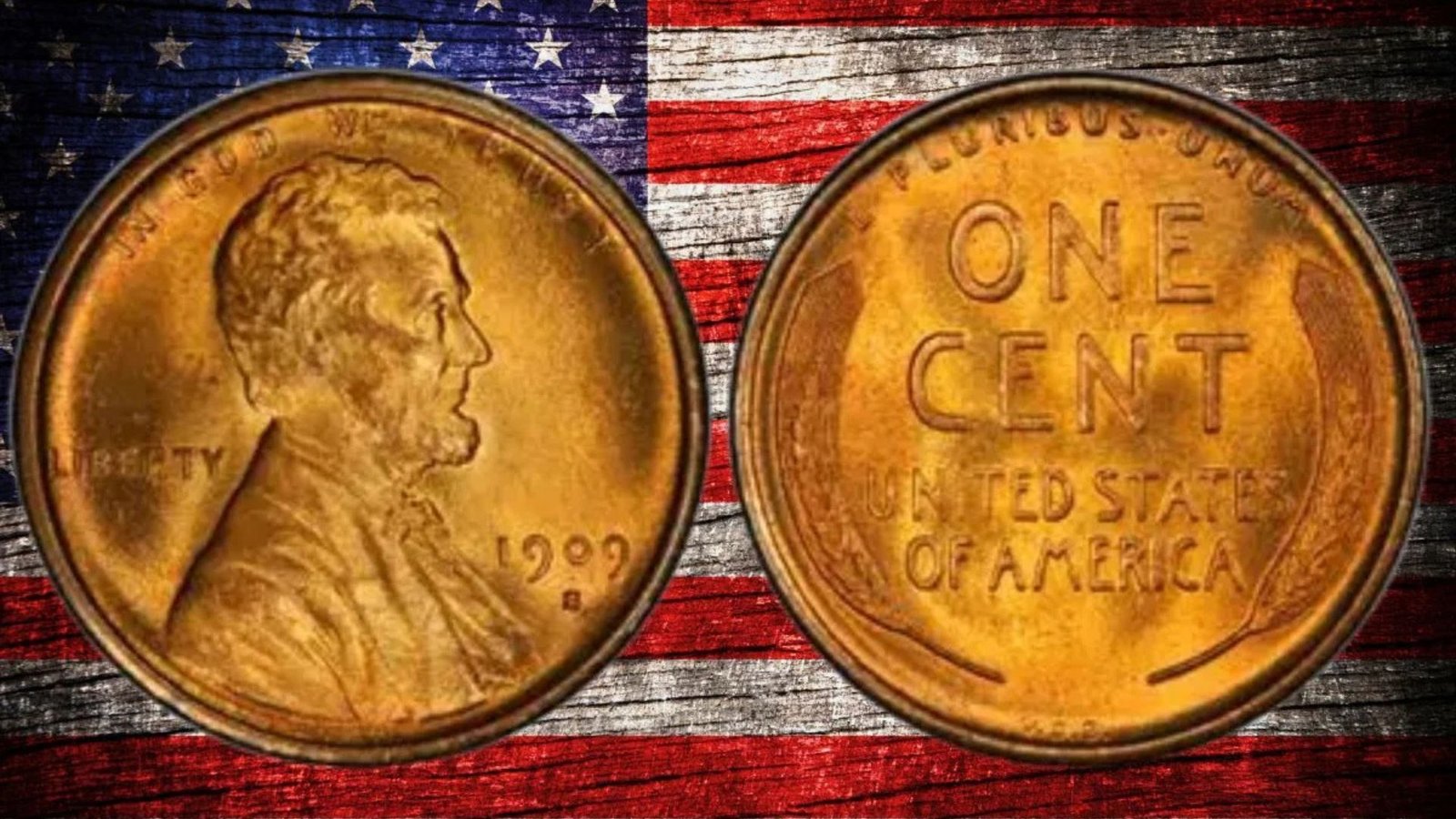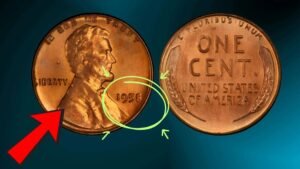Hidden in plain sight, the humble Wheat Cent might be worth more than you imagine. Between 1909 and 1958, millions were struck — yet only a fraction hold hidden value that collectors eagerly seek. The difference often lies in grading, the art of identifying a penny’s true condition and worth. Let’s unlock the secrets behind these classic coins and reveal how you can turn pocket change into profit.
What Is a Wheat Cent?
The Wheat Cent, officially known as the Lincoln Wheat Penny, was minted from 1909 to 1958. It features President Abraham Lincoln on the front and two stalks of wheat on the back — symbolizing prosperity and unity. While most were common circulation coins, certain mint years and conditions can make them incredibly valuable today.
A Brief History of the Wheat Penny
The Wheat Cent debuted in 1909 to celebrate Lincoln’s 100th birthday. Designed by Victor David Brenner, it was the first US coin to feature a real person. Early issues like the 1909-S VDB quickly became collector favorites. Wartime metal shortages and minting changes, such as the 1943 steel cent, created fascinating variations that are now rare collectibles.
Why Grading Matters for Collectors
A coin’s grade determines its market value — sometimes transforming a $1 coin into a $1,000 treasure. Grading evaluates factors like wear, luster, color, and strike quality. Even a slight scratch can reduce its worth dramatically. Proper grading helps collectors know what to buy, sell, or preserve for long-term investment.
The Coin Grading Scale Explained
Coin grading is usually done using the Sheldon Scale, which ranges from 1 (Poor) to 70 (Perfect Mint State). Professional organizations like PCGS and NGC use this scale to assign grades that influence a coin’s price and credibility.
Basic Sheldon Coin Grading Scale for Wheat Cents
| Grade | Description | Visual Clues | Estimated Value (Common Year) |
|---|---|---|---|
| G-4 | Good | Heavy wear, design visible but flat | $0.05–$0.10 |
| F-12 | Fine | Moderate wear, details visible | $0.20–$0.50 |
| VF-20 | Very Fine | Light wear on high points | $0.75–$2 |
| EF-40 | Extremely Fine | Sharp design, minor wear | $2–$5 |
| AU-50 | About Uncirculated | Slight trace of wear | $5–$15 |
| MS-60+ | Mint State | No wear, full luster | $20–$100+ |
How to Grade a 1909–1958 Wheat Penny at Home
- Use a magnifying glass to inspect the details. Look for wear on Lincoln’s cheek and jawline.
- Check the wheat ears — clear, defined lines indicate higher grades.
- Inspect mintmarks under “LIBERTY” and the date; rare marks like “S” or “D” can drastically affect value.
- Look for color and luster — original red tones are worth more than brown.
- Compare with grading guides or submit to professional services for confirmation.
Color Classification for Mint State Wheat Cents
| Color Grade | Description | Collector Appeal | Relative Value |
|---|---|---|---|
| RD (Red) | Bright copper tone | Highest | $$$ |
| RB (Red Brown) | Mixed copper and brown | Moderate | $$ |
| BN (Brown) | Fully toned or dark | Common | $ |
Notable Wheat Cents to Watch For
Some Wheat Cents stand out not just for condition, but rarity:
- 1909-S VDB: Low mintage and the designer’s initials make it legendary.
- 1914-D: Hard to find in high grade; heavily counterfeited.
- 1943 Bronze Cent: Accidentally struck in copper instead of steel — worth over $100,000.
- 1955 Doubled Die: Bold doubling on the date and lettering makes it an error icon.
Expert Tips for New Collectors
- Handle with gloves — skin oils can damage the surface.
- Avoid cleaning coins, as it reduces value.
- Store in acid-free holders to prevent oxidation.
- Start small, then learn to spot varieties, errors, and grades through experience.
- Join online collector forums to share knowledge and verify authenticity.
FAQs About Wheat Cent Grading
Q: Do cleaned coins lose value?
A: Yes, cleaning removes the coin’s natural patina and can cut its value in half.
Q: Can I grade coins without experience?
A: You can start at home, but professional grading gives accuracy and credibility.
Q: Are steel Wheat Cents worth much?
A: Common 1943 steel cents are low value, but any copper version from that year is extremely rare.
Conclusion: Turning Penny Wisdom into Wealth
Grading Wheat Cents is more than a collector’s skill — it’s a window into America’s coinage history. From identifying Red Mint State beauties to spotting rare error coins, every detail reveals a story and potential fortune. Start small, grade wisely, and you might uncover a tiny copper treasure in your own change.




